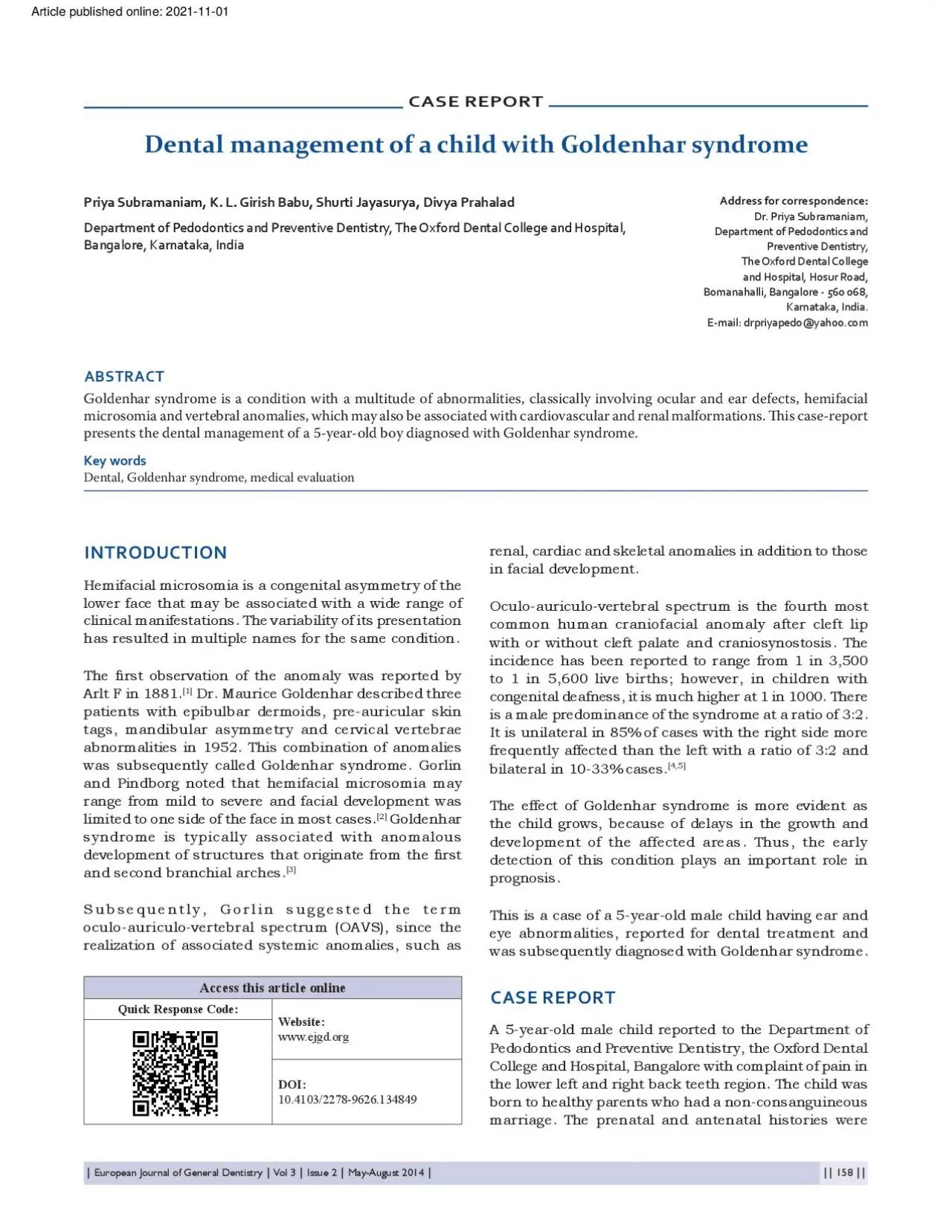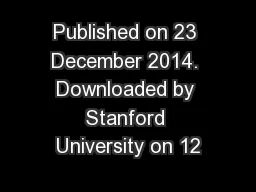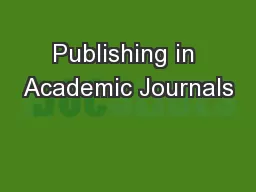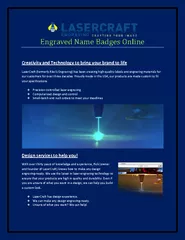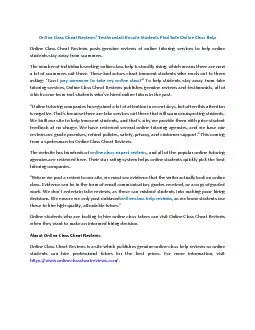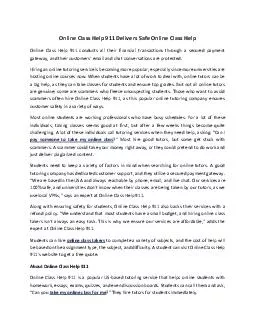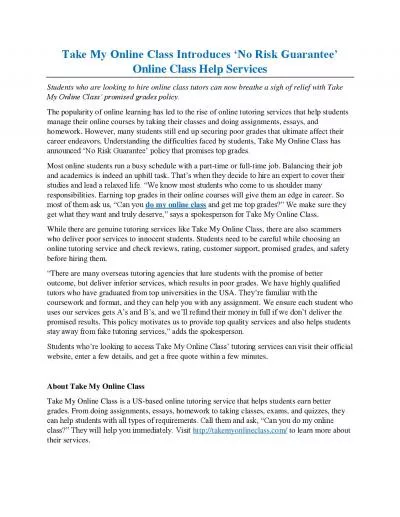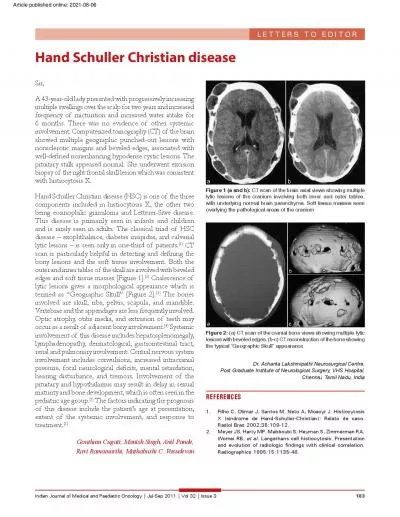PDF-Article published online 20211101
Author : freya | Published Date : 2022-10-12
European Journal of General Dentistry Vol 3 Issue 2 MayAugust 2014 158 Dntl mngmnt Øf child with GØldnhr syndrØm AB342AC4 Goldenhar syndrome is a conditi
Presentation Embed Code
Download Presentation
Download Presentation The PPT/PDF document "Article published online 20211101" is the property of its rightful owner. Permission is granted to download and print the materials on this website for personal, non-commercial use only, and to display it on your personal computer provided you do not modify the materials and that you retain all copyright notices contained in the materials. By downloading content from our website, you accept the terms of this agreement.
Article published online 20211101: Transcript
Download Rules Of Document
"Article published online 20211101"The content belongs to its owner. You may download and print it for personal use, without modification, and keep all copyright notices. By downloading, you agree to these terms.
Related Documents

